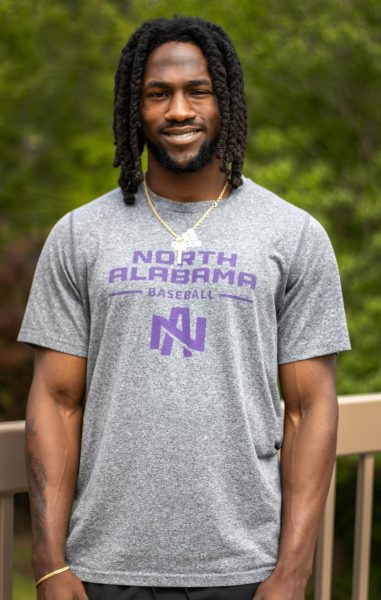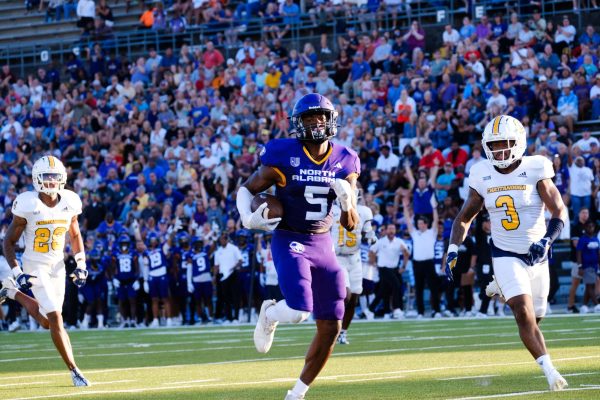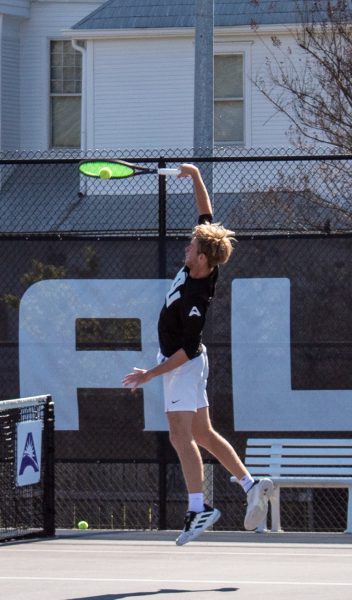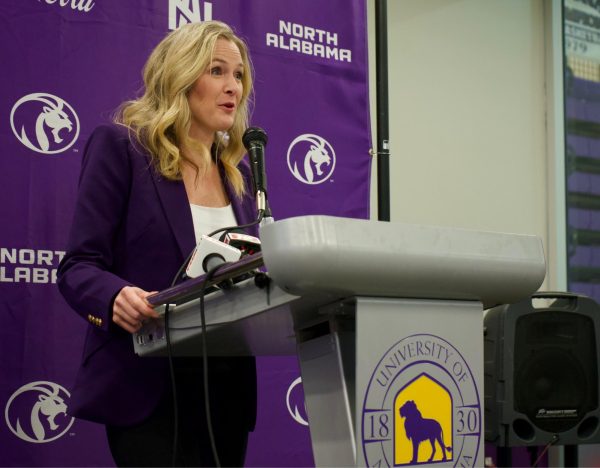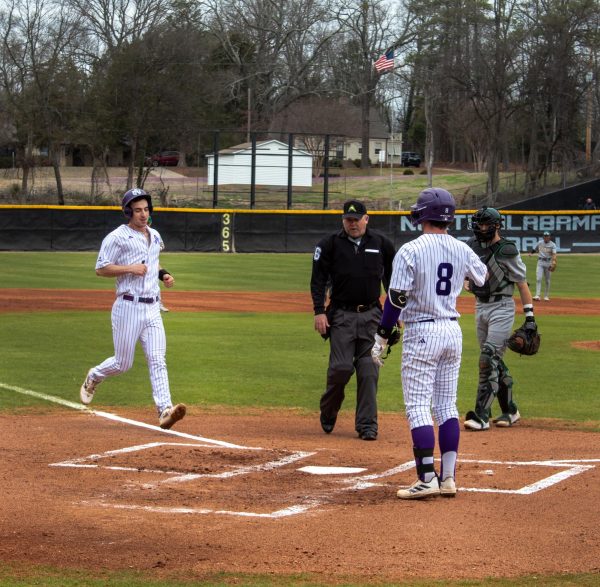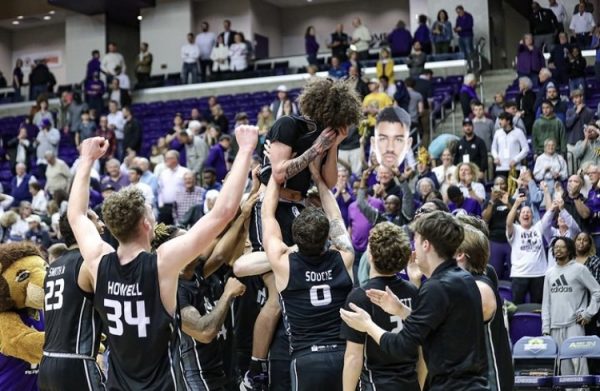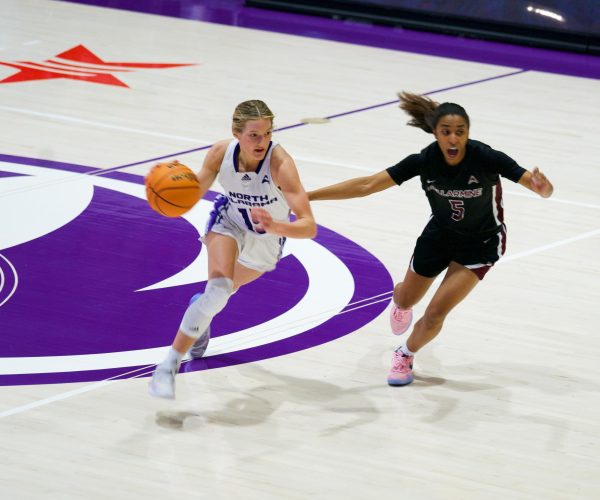Division I open conversation talks APR
April 11, 2017
The university attempted to put any unanswered questions to rest with a Q&A session April 10 focusing on the transition effects of the Division I move.
Since UNA agreed to join the ASUN for Division I play Dec. 6, 2016, UNA Athletics is working to finalize plans for the move, starting in the 2018-2019 season.
UNA Athletics Director Mark Linder showed a PowerPoint presentation outlining basic information to new academic progress rate requirements once UNA officially joins the ASUN. One of the differences comes within certain sports.
“For example, in women’s basketball at the Division II level we get 10 scholarships, but at the Division I level we get 15 scholarships,” Linder said. “Basically, there is a whole other team that is sitting on the bench.”
Division II does not have an academic requirement for its athletic teams, but Division I will introduce new requirements for UNA including initial, continuing and transfer eligibility.
Academic progress rate is a team-based metric system to identify academic percentages. Student athletes earn one point each semester they are eligible and one point for returning to UNA, totaling four points for each student athlete. A formula that determines the APR percentage must be higher than a .930 for Division I programs.
Assistant Athletic Director and Compliance Coordinator Todd Vardaman outlined the differences in Division I and Division II schools, but also talked about the change UNA athletics would go through in the presentation.
“Division I programs are held to a higher standard,” Vardaman said. “Whether it’s initial eligibility, continuing eligibility or transfer eligibility, they all are held to a higher standard.”
The Division I continuing eligibility centers around a percentage, which is different than the Division II model. In the Division II model there are no set requirements for the athletic department to follow except their own personal requirements. The student athlete must reach benchmarks each year to continue to play sports.
With transfer eligibility, the student athlete must already be at the required benchmark after his or her initial two years before playing at UNA.



